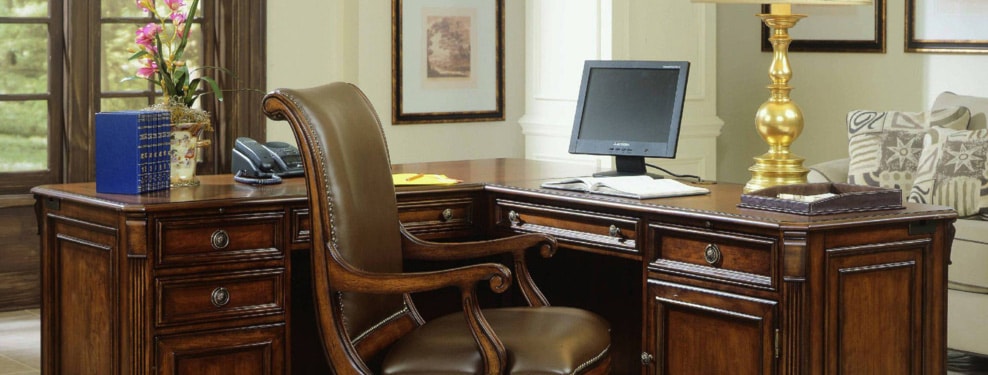How to Organize Your Home Office

The recent pandemic has been a blessing in disguise for many of us. Especially for the people who care for someone. It has been so much easier to work from home. Although you can simply work from your dining room or kitchen, it is always a good idea to organize a home office.
Why Should You Organize Your Home Office
Kitchen shelves and dining tables can be used to place your laptop to work. But it isn’t ideal for long-term use. Organizing a home office with a proper home office desk and chair is a win for health reasons. For example, our selection of desks Elyria is built considering how the height of the desk can effectively help maintain your posture.
Secondly, an organized home office can make you more efficient and enhance your productivity. You spend less time finding what you need and more time on concentrating the task at hand.
Also, you can’t deny the benefits of a clutter-free space. An organized home office will help you enjoy your time spent working. It will no longer be a room where you “have to be” but a room where you “want to be”.
How to Organize Your Home Office
We applaud you for making up your mind to organize your home office. We think that how to organize your home office isn’t only a question of how it looks. If you do it right, a de-cluttered office plays a vital role in improving your focus. The following are a few tips that you may consider when organizing your home office.
1. Everything Strictly Office
If you have a separate room that you have designated as being a home office, chances are that it has so many other things that don’t belong there. It doesn’t mean you can’t have something inspiring or something decorative in your home office. And simply stick to pens and papers. But you get the idea.
Your home office is not a place for keeping coats and jackets. Also, keep up with de-cluttering your office regularly. Throw the old paperwork that is no longer required. Similarly, the pens and pencils that are broken. These little things may seem unworthy of attention, but they make a difference.
2. Create Zones
Just like you prioritize your office tasks as one, two, or three. Create zones in your home office. The easiest way to do it is by creating three zones. The first zone is the one that you use daily. This is your office desk. Keep everything that you use every day on your office desk. Like your laptop/ desktop, files and folders, stationery, and notepad.
The second zone is the one that is used frequently but not daily. Keep this zone separate but accessible. The third zone will contain all the office staples. Because this zone is the one you do not need to access in months. This will be completely out of the way of the other two zones. (Perhaps a drawer in your bedroom chest of drawers can be designated a zone three of your home office.)
3. Labels Are Your Best Friend
Don’t just think about how to organize your home office, think about the paperwork organization too. Unless you have a super photographic memory, it is common to forget where you placed your documents. So, label each folder. For example, family documents, educational documents, and so on and so forth. Do yourself another favor and place a sticky note on each folder. Jot down what documents it contains. The last thing you want is to turn your home office upside down looking for a document that was in a folder in zone three. (In reference to the above-mentioned zones)

